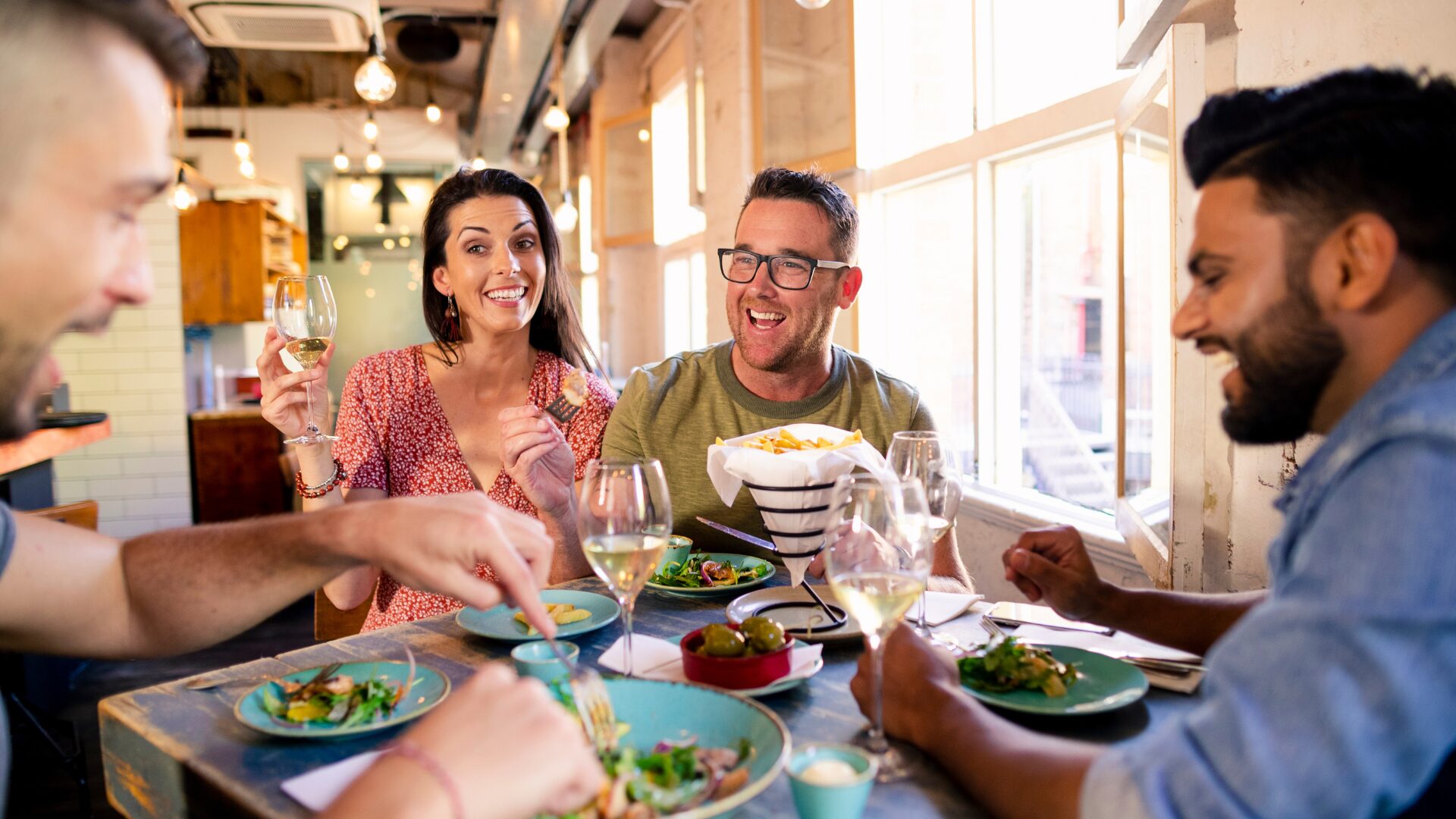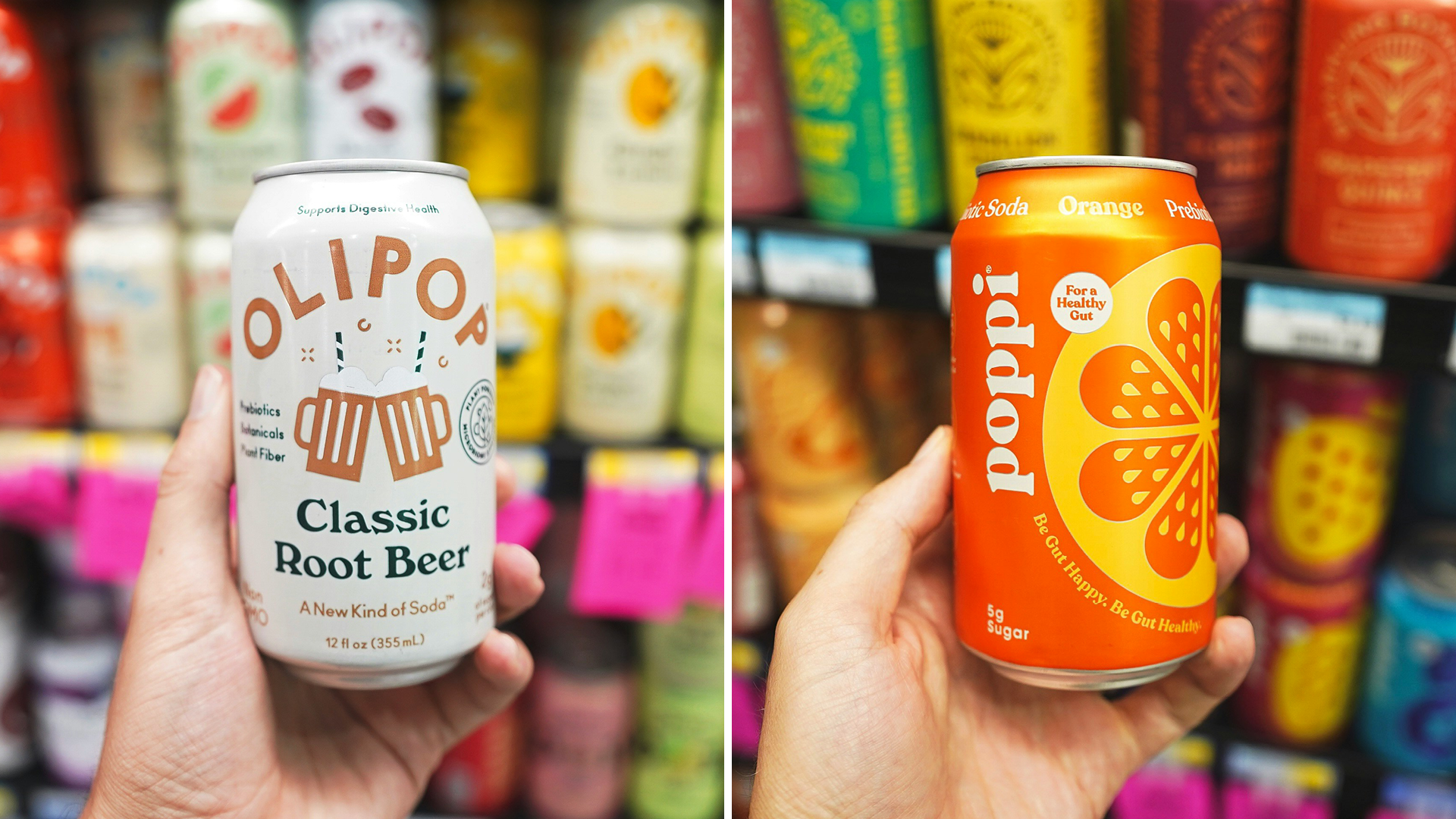As the majority of us are eating more at home, we are seeing and experiencing food in news ways and finding ourselves with extra time to experiment with new foods, cooking, and baking. With that in mind, now is an ideal time to position relevant brands in front of a captive and eager audience with food-focused content.
However, it’s no longer business as usual. The consumer mindset has changed drastically, requiring brands to revisit messaging and rethink their communications strategies to adapt to the new and evolving environment.
The following are some tips for keeping food brands relevant and top-of-mind during this uncertain and unpredictable time.
Position brands for a new way of living. Focus on foods, recipes, and products that help make eating at home more enjoyable—everything from exploring new snacks and recipes to meal planning and shopping tips. Weave products into emerging lifestyle trends, such as inspiring new ways to cook and entertain to encourage healthy eating for families.
Instill confidence. Share ideas for simple, cost-effective meals that consumers can tackle confidently without needing a lot of expertise or assistance. When possible, provide video or step-by-step guidance to help at-home chefs cook knowledgeably and confidently.
Pitch new channels. Once a cumbersome and expensive endeavor, TV exposure is now easier to coordinate no matter where your spokesperson and influencers are located thanks to Zoom, Skype, and other video conferencing services. Throughout the pandemic, local and national stations alike turned to remote reporting so it’s still possible—and actually easier—to book segments (both live and taped) or conduct virtual media tours. It’s also an ideal time to explore online media outlets, as well as food-focused blogs and influencers you may not have previously targeted.
Update social media presence and content. Consumers are spending much more time on their computers and mobile devices, making it crucial for brands to find ways to engage customers via social media and other online channels. Depending on the brand or service offering, aim to provide information that can help people stay healthy mentally, physically, and financially. Maintain authenticity and review all content through a hyper-sensitive lens.
Drive online sales opportunities. During these times of social distancing, businesses and consumers are relying more than ever on e-commerce. Successful brands will be those that make it easy for consumers to find, select, purchase, and receive products and services. Work with clients to optimize online ordering or direct consumers on how to get their products through delivery service options. Doing so may require an investment in new systems and technologies, but the dividends will be worth it in the long run.
As we continue to traverse a rapidly changing landscape, brand communications and marketing efforts will require careful and continual refinement. Take time to audit key messaging for sensitivity and make updates as needed. Ensure that all key stakeholders are updated and aligned with any changes and communicating consistently and with one brand voice.
While these are certainly challenging times for everyone, brands in the food arena are facing a unique opportunity to reach consumers and reinforce their relevance. By identifying the right messages and implementing smart, sensitive tactics, you can positively position your brands and businesses for success in both the short- and long-term.
By Cheryl Georgas, SVP of L.C. Willams & Associates. Reach her at cgeorgas@lcwa.com.









